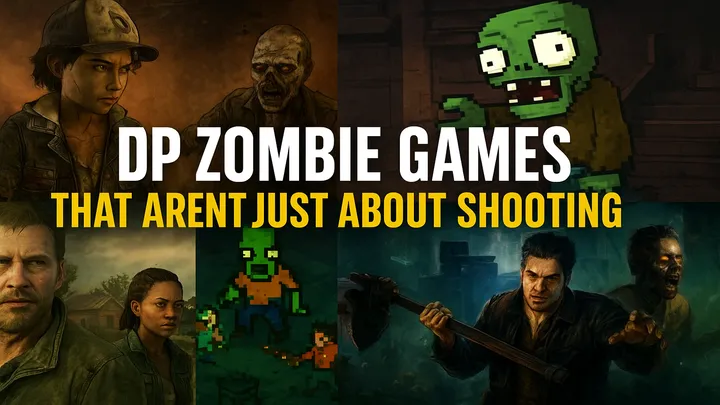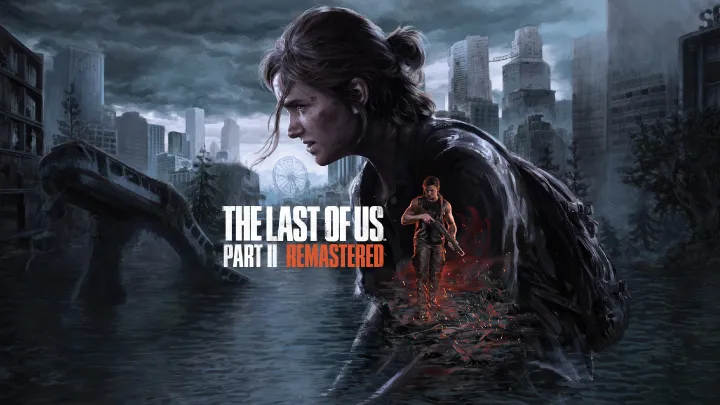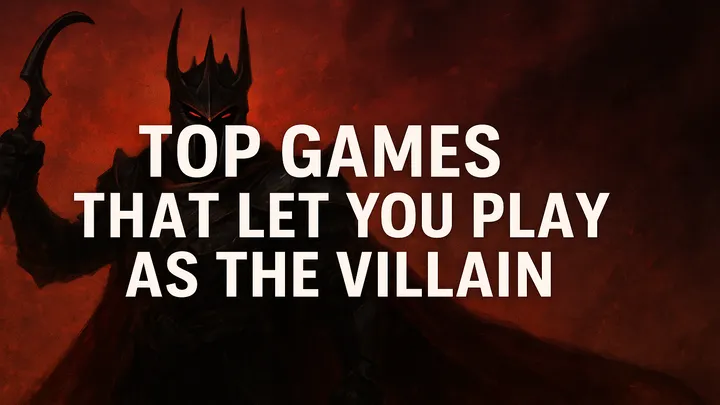Blood Strike has become one of the fastest-growing free-to-play battle royale shooters in the world. Combining elements of traditional FPS gunplay with mobility-focused mechanics, it delivers a fresh twist to the battle royale genre. However, its speed and complexity can overwhelm new players and frustrate veterans who don’t adapt to constant updates. This comprehensive how-to guide explores every aspect of the game, from mastering weapons to building team chemistry, so you can dominate matches and enjoy long-term success.
How to Get Started with Blood Strike
The first step in Blood Strike is to understand its core mechanics. Unlike slower-paced battle royales, Blood Strike emphasizes quick engagements and constant movement. Players drop into urban maps where verticality and positioning matter as much as aim. Learning the interface, control schemes, and movement abilities lays the foundation for your journey.
Spend your early matches experimenting with the tutorial and casual modes. These environments allow you to test weapons, practice recoil patterns, and gain familiarity with the maps without the high stakes of ranked competition.
How to Master Movement and Mobility
Blood Strike’s unique feature is its focus on movement. Players have sprint boosts, wall-climbs, and glide mechanics that turn maps into playgrounds. Mastering movement is critical to survival. Standing still or moving predictably is the fastest way to get eliminated.
Practice chaining movements together, such as sprint-glide-shoot combinations. Use vertical space to flank enemies or escape ambushes. With practice, movement becomes not just a defensive tool but an offensive advantage, letting you outmaneuver less mobile opponents.
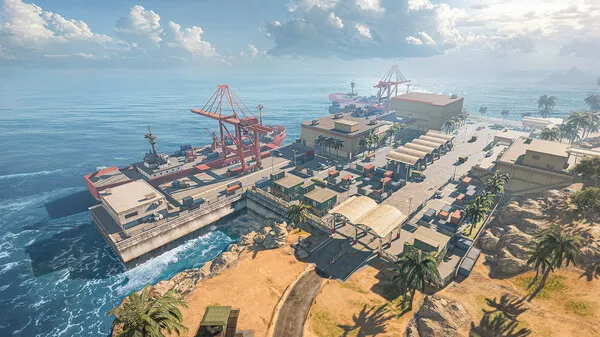
How to Choose the Right Weapons
Weapon choice is the backbone of Blood Strike strategy. Assault rifles provide versatility, shotguns dominate in close quarters, and snipers control long lines of sight. The trick lies in knowing when to carry what. Many players fail by carrying mismatched loadouts that don’t fit their playstyle.
Recommended loadout tips:
- Pair a mid-range AR with a close-range SMG or shotgun
- Carry a sniper only if you’re confident in accuracy
- Always balance ammo types so you don’t run dry mid-fight
Experiment with recoil control in training mode to understand how each weapon behaves under pressure.
How to Optimize Hero Abilities
Blood Strike isn’t just about guns—it features hero-style operators, each with unique skills. These can boost mobility, provide healing, or offer combat advantages. To excel, you must integrate these abilities into your combat routine rather than treat them as secondary features.
For example, mobility-focused heroes can combine wall runs with SMGs for aggressive pushes. Support heroes excel when paired with heavy-damage teammates, sustaining their momentum in extended fights. Choose operators that fit your personality and practice syncing abilities with weapon strategies.
How to Control Map Awareness
Blood Strike’s maps are dense and vertical, making awareness vital. New players often tunnel vision on their target, only to be blindsided by third-party squads. Develop habits that expand your situational awareness.
Key map awareness practices:
- Use audio cues to detect enemy footsteps or gunfire
- Memorize high-traffic zones where ambushes are common
- Check rooftops and elevated spots as frequently as choke points
Map awareness not only prevents surprises but also helps you anticipate enemy rotations, allowing you to set traps or avoid dangerous zones.
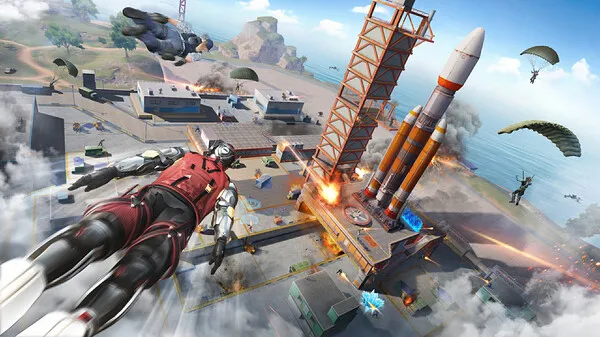
How to Handle Combat Situations
Combat in Blood Strike is fast and chaotic. Winning fights requires balancing accuracy, movement, and timing. Pre-aiming corners, strafing during firefights, and using cover effectively all contribute to survival. Learn how to reset fights by disengaging when outnumbered and re-entering when opportunities arise.
Engage with intent: don’t take every fight. Focus on positioning advantages rather than reckless aggression. Elite players win not just with aim but with decision-making.
How to Manage Resources and Loadouts
Resource management separates experienced players from casual ones. Ammo conservation, armor plates, and healing items must be balanced at all times. Carry too much of one and you may lack another in critical moments.
Develop a rhythm for looting: prioritize healing and shields early, then shift to ammo and attachments. Avoid over-looting in dangerous areas—survival matters more than hoarding items.
How to Communicate and Build Team Chemistry
Although Blood Strike supports solo play, squads are the lifeblood of the game. Communication elevates your chances of success. Share information about enemy positions, coordinate pushes, and call out when you need healing or backup. Teams that stay silent often crumble under pressure.
Develop chemistry by playing consistently with a group of friends or reliable teammates. Assign roles—one player can scout, another can support, and another can lead. Defined roles reduce confusion in chaotic fights and increase efficiency.
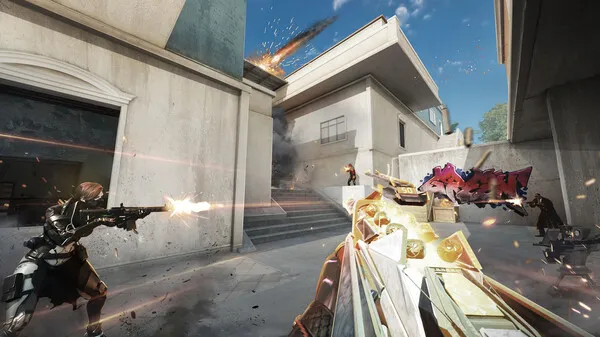
How to Adapt to Updates and Meta Changes
Blood Strike’s developers frequently adjust weapons, operators, and mechanics. What works one season may fail the next. Adaptability is crucial if you want to stay competitive. Follow patch notes closely, and test out changes as soon as they arrive.
When a new weapon or operator rises in popularity, don’t resist experimenting. Even if you don’t main the new trend, knowing how it works prepares you to counter it effectively in matches.
How to Improve Long-Term and Avoid Burnout
Improvement in Blood Strike requires patience. Record your matches to analyze mistakes, practice aim daily, and set realistic goals for rank progression. Don’t expect overnight success; focus on incremental growth. Small improvements compound into significant progress over time.
Avoid burnout by balancing serious play with casual matches. Rotate between solo queue and team play to keep the game fresh. Remember that enjoyment drives performance—when you play with enthusiasm, you naturally perform better.
Conclusion:
Blood Strike is a fast, demanding, and thrilling game that rewards skill, adaptability, and teamwork. By mastering movement, weapons, and hero abilities while maintaining map awareness and strong communication, players can consistently rise through the ranks. Updates and shifting metas will always challenge strategies, but players who embrace flexibility and consistent practice will thrive. Ultimately, Blood Strike is not about memorizing a single playstyle but about developing the mindset of adaptation and mastery over time.












